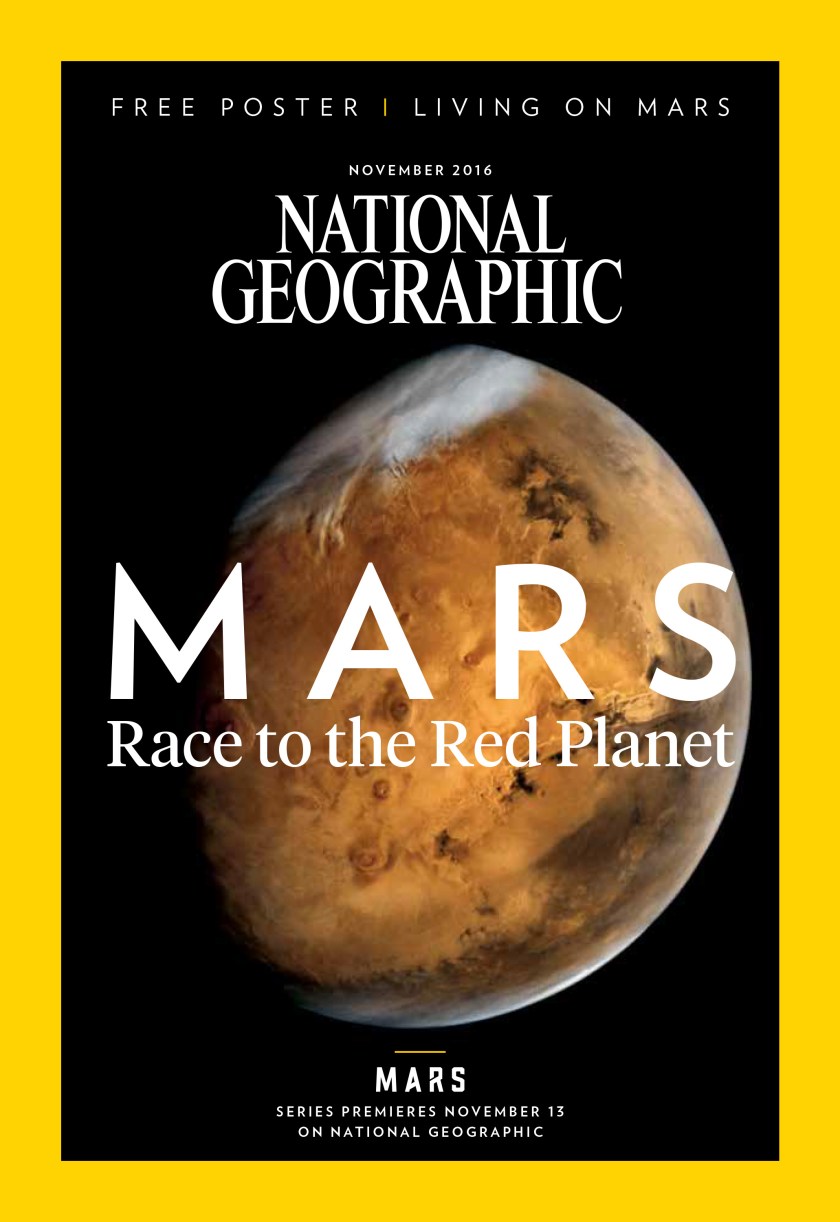
‘Silversides swirl through mangroves like a river in the sea. The dense forest of roots offers welcome shelter for the finger-size fish, which form large schools to try to confuse predators. Mangroves enhance reefs by providing a nursery area for vulnerable creatures and by trapping sediment that can smother coral. They also store carbon that might otherwise contribute to global warming.’ (David Doubilet and Jennifer Hayes / National Geographic)
Just off the southern coast of Cuba lies an archipelago that forms one of the country’s largest protected areas, 850 square miles of untarnished Carribbean island and barrier reef. “Jardines de la Reina” (or “The Garden of the Queen”) is a conversationist’s dream; with so many reefs dying around the world, it sets itself apart as one that is vibrant and alive. Yet, new concerns are being raised for Cuba’s natural wonders, despite having governmental protection, as the country receives a new flood of American tourists.

Besides silky sharks, predators include Caribbean reef sharks and large fish such as the black grouper
(Mycteroperca bonaci), seen above consuming a snapper (David Doubilet and Jennifer Hayes / National Geographic)
David Doubilet
As it stands, the Garden of the Queen is one of the world’s healthiest reefs. It’s home to several critically endangered species like the hawksbill sea turtle, elkhorn coral, and goliath grouper. The reef is one of the most biodiverse regions in the Carribean sea.
In an effort to raise awareness about one of Cuba’s crown jewels, the Garden of the Queen and all its natural splendor are captured in a stunning photo essay in National Geographic by famed underwater photographer David Doubilet. The images are published in the November issue of the magazine. Enjoy a preview of the photo series below. Head over to National Geographic to view the article in full by clicking here.

‘Sunset casts a golden glow over corals flourishing off the country’s southern coast. Named by Christopher Columbus in honor of Queen Isabella, this remote set of keys, mangroves, and reefs appears nearly unchanged by time and human hand.’ (David Doubilet and Jennifer Hayes / National Geographic)
Jennifer Hayes

A critically endangered hawksbill sea turtle hatchling (Eretmochelys imbricata), about three inches long, paddles away from shore under the protective cover of dusk. Cuba banned the harvest of sea turtles in 2008. (David Doubilet and Jennifer Hayes / National Geographic)
David Doubilet

Schools of bluestriped grunts (Haemulon sciurus) and schoolmaster snappers (Lutjanus apodus) fill the space between broad branches of elkhorn coral (Acropora palmata). Fast growing but fragile, elkhorn coral is a critically endangered species. It has virtually disappeared throughout most of the Caribbean—but populations of it remain in the Gardens of the Queen. (David Doubilet and Jennifer Hayes / National Geographic)
David Doubilet

The photo essay depicting the Garden of the Queen appears in National Geographic’s November issue. (National Geographic)
This article was featured in the InsideHook newsletter. Sign up now.




























